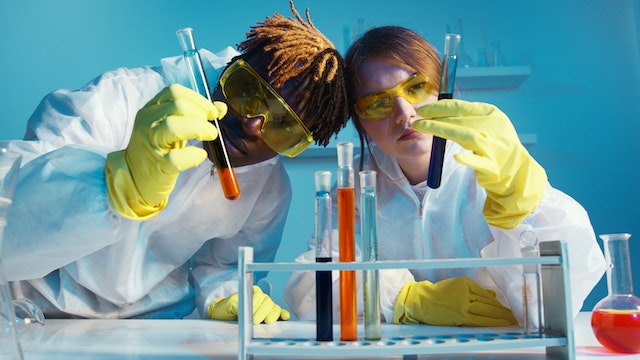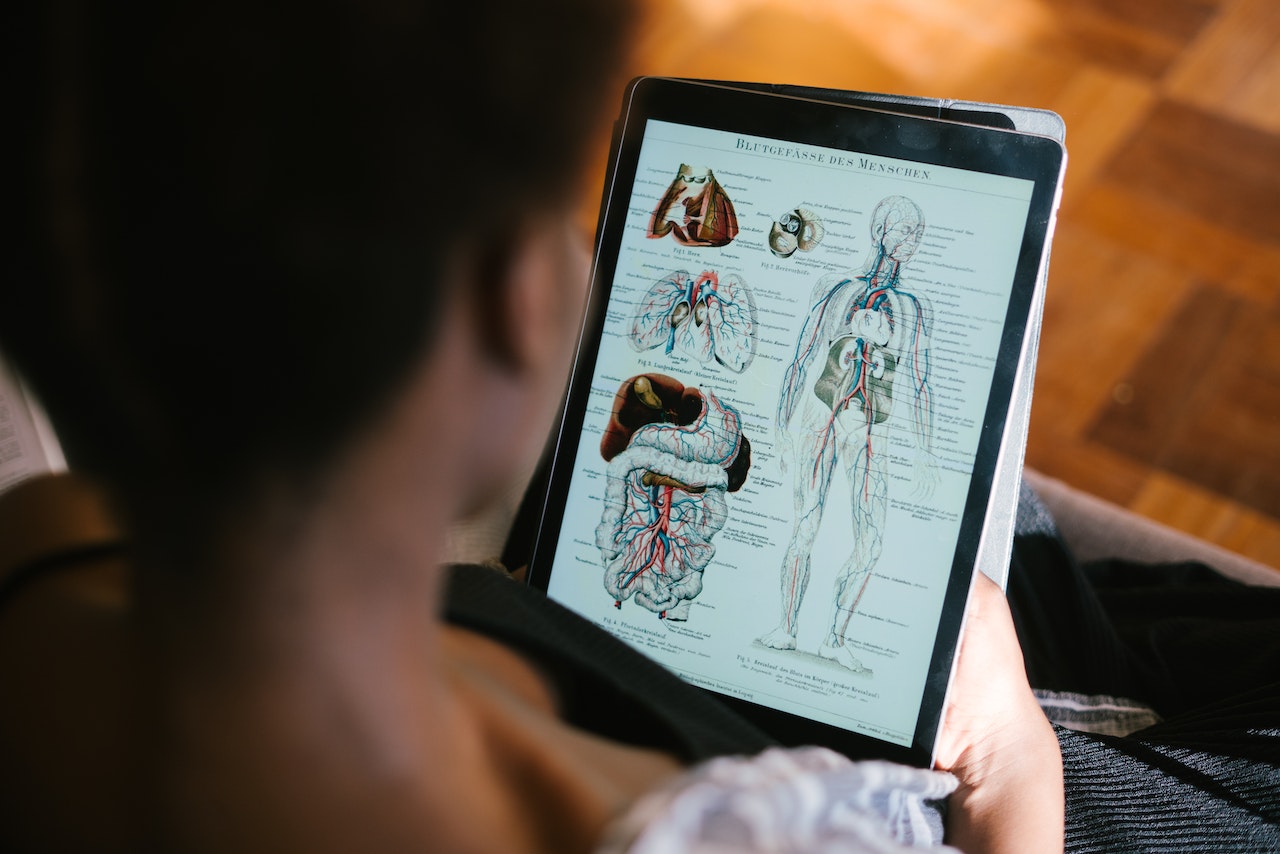Pharmaceutical Associations in india
Various Pharmaceutical Associations in India Career for pharmacy professional The career for the registered pharmacist is as follows: Government sector The opportunities are hospital pharmacist, Drug Inspector, Gov. Analyst, Professor, Assistant Professor, Food and Drug Administration, and Health Inspector, etc. Private Sector The opportunities are, Academics (Teaching and Research) in industries the various department, manufacturing … Read more


